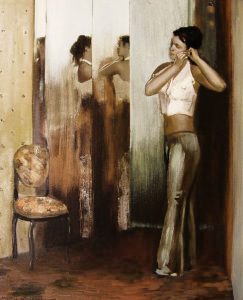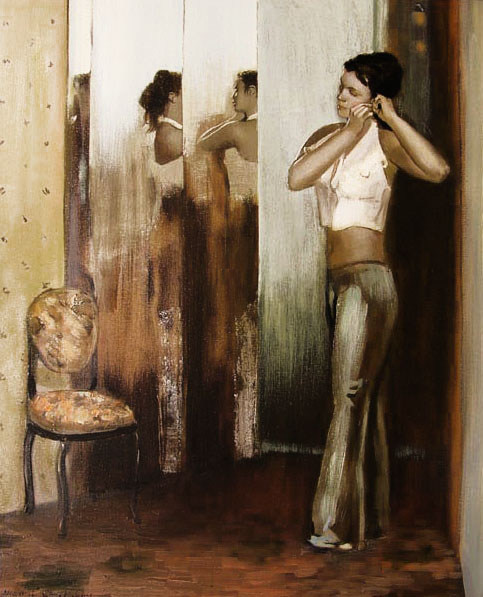Conceptual art is a form of artistic expression that prioritizes ideas and concepts over traditional aesthetic concerns. This movement emerged in the 1960s as a response to the formalist approach of modern art, focusing on the underlying message or concept behind the artwork rather than its visual appearance.
Origins of Conceptual Art
Get more information at Nicholaas Chiao official website.
The roots of conceptual art can be traced back to the early 20th century, with artists such as Marcel Duchamp challenging the boundaries of what constitutes art. Duchamp’s readymades, everyday objects presented as art, paved the way for future conceptual artists to explore new forms of expression.

Key Characteristics
One of the key characteristics of conceptual art is the emphasis on the idea or concept driving the artwork. This can manifest in various forms, from text-based pieces to performances and installations that engage with philosophical or political themes.
Language and communication play a crucial role in conceptual art, with artists using words, texts, and symbols to convey their ideas. This shift towards a more intellectual approach to art challenged traditional notions of skill and craftsmanship, opening up new possibilities for creative expression.
Impact and Legacy
Read more about postmodern art here.
Conceptual art has had a profound impact on the art world, influencing subsequent movements such as performance art, installation art, and new media art. Its legacy can be seen in the work of contemporary artists who continue to push the boundaries of what art can be.
Despite its controversial nature and rejection of conventional aesthetics, conceptual art has become an integral part of the art historical canon, challenging viewers to think critically about the nature of art and its relationship to society.
In conclusion, conceptual art represents a radical departure from traditional artistic practices, emphasizing ideas and concepts over visual beauty. By pushing the boundaries of what art can be, conceptual artists have expanded the possibilities of creative expression and challenged viewers to engage with art in new and thought-provoking ways.





